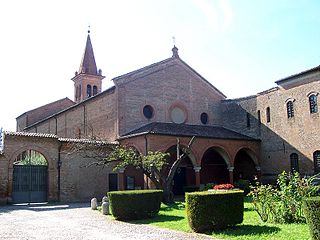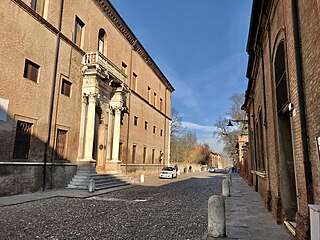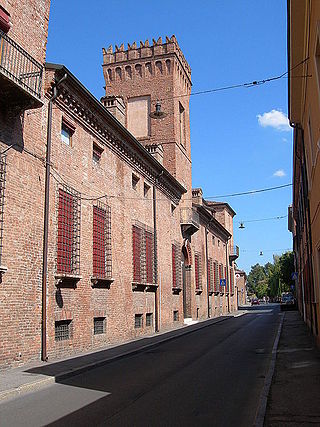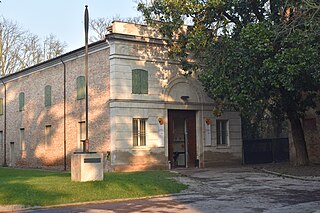27 Sights in Ferrara, Italy (with Map and Images)
Legend
Premium Sights
Book tickets, guided tours and activities in Ferrara.
Guided Free Walking Tours
Book free guided walking tours in Ferrara.
Welcome to your journey through the most beautiful sights in Ferrara, Italy! Whether you want to discover the city's historical treasures or experience its modern highlights, you'll find everything your heart desires here. Be inspired by our selection and plan your unforgettable adventure in Ferrara. Dive into the diversity of this fascinating city and discover everything it has to offer.
Sightseeing Tours in FerraraActivities in Ferrara1. Ferrara
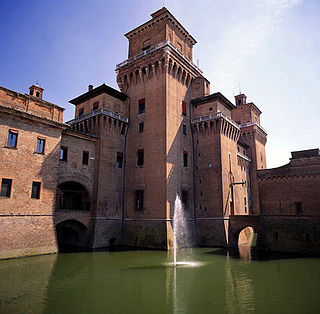
Ferrara is a city and comune (municipality) in Emilia-Romagna, Northern Italy, capital of the province of Ferrara. As of 2016, it had 132,009 inhabitants. It is situated 44 kilometres northeast of Bologna, on the Po di Volano, a branch channel of the main stream of the Po River, located 5 km north. The town has broad streets and numerous palaces dating from the Renaissance, when it hosted the court of the House of Este. For its beauty and cultural importance, it has been designated by UNESCO as a World Heritage Site.
2. Palazzo Schifanoia
Palazzo Schifanoia is a Renaissance palace in Ferrara, Emilia-Romagna (Italy) built for the Este family. The name "Schifanoia" is thought to originate from "schifare la noia" meaning literally to "escape from boredom" which describes accurately the original intention of the palazzo and the other villas in close proximity where the Este court relaxed. The highlights of its decorations are the allegorical frescoes with details in tempera by or after Francesco del Cossa and Cosmè Tura, executed ca 1469–70, a unique survival of their time.
3. Chiesa di San Gregorio Magno
The church of San Gregorio Magno is a Roman Catholic church in Ferrara located on the corner of Via Cammello, Via Carmelino and Vicolo del Granchio, within the first nucleus of the city's settlement, the Byzantine Castrum.
4. Chiesa di San Domenico
The church of San Domenico di Ferrara is located in Piazza Sacrati 10. Due to the earthquake in Emilia in 2012 it is not accessible. On May 3, 2018, the roof partially collapsed, fortunately without any injuries.
5. Museo del Risorgimento e della Resistenza
The Museum of the Risorgimento and the Resistance was an exhibition space in Ferrara dedicated to the Risorgimento and the Italian Resistance. It was located in Corso Ercole I d'Este n. 19, adjacent to Palazzo dei Diamanti. Since 2020 it has been closed in view of the completion of the transfer.
Wikipedia: Museo del Risorgimento e della Resistenza (Ferrara) (IT)
6. Cattedrale di San Giorgio Martire
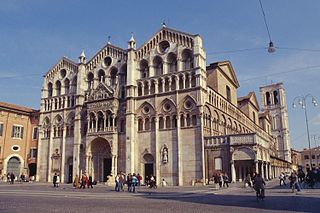
Ferrara Cathedral is a Roman Catholic cathedral and minor basilica in Ferrara, Northern Italy. Dedicated to Saint George, the patron saint of the city, it is the seat of the Archbishop of Ferrara and the largest religious building in the city.
7. Monumento a Ludovico Ariosto
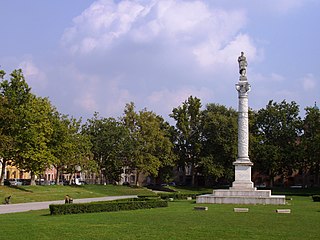
Piazza Ariostea, in ancient times Piazza Nuova and for a short period also Piazza Napoleone, is an important square of Ferrara wanted by Ercole I d'Este and built with the urban planning project of the architect of court Biagio Rossetti.
8. Teatro Comunale di Ferrara
The Teatro Comunale in Ferrara is an opera house, located in the Italian region of Emilia-Romagna, and built between 1786 and 1797 with seating for 990. Privately owned theatres with limited seating capacity had existed in the city for many years, but the arrival of Cardinal Spinelli, the new papal envoy, in 1786 spurred the construction of a new public theatre under the architects Cosimo Morelli and Antonio Foschini. However, their disagreements led to conflicting design concepts regarding the elliptical shape of the auditorium which were resolved through compromise. The theatre was finally ready for its inaugural presentation of Portogallo's Gli Orazi e i Curiazi on 2 September 1798.
Wikipedia: Teatro Comunale (Ferrara) (EN), Website, Facebook, Instagram
9. Sinagoghe
The Ferrara Synagogue is a Jewish congregation and synagogue complex, that is located at Via Mazzini 95, in Ferrara, in Emilia-Romagna, Italy. Designed in the Baroque style, the synagogue complex comprises the Scuola Italiana, completed in 1485 and operated until 1944; the Scuola Tedesca, completed in 1603; and the Scuola Fanese, completed in the 19th century.
10. Museo d'arte moderna e contemporanea Filippo de Pisis
The Filippo de Pisis Museum of Modern and Contemporary Art is located on the ground floor of Palazzo Massari in Ferrara. Due to the 2012 earthquake in Emilia, Palazzo Massari is closed for restoration work.
Wikipedia: Museo d'arte moderna e contemporanea Filippo de Pisis (IT)
11. Chiesa di Santa Maria dei Servi
The church of Santa Maria dei Servi is a church in Ferrara located in via Cosmè Tura at the corner of via Contrada della Rosa, belonging to the architectural complex of the former convent of the Ursuline nuns.
12. Palazzina di Marfisa D'Este
The Palazzina Marfisa d'Este is a Renaissance-style small palace, once suburban, and sometimes referred to as a villa, located on Corso Giovecca #170, just east of Central Ferrara, region of Emilia-Romagna, Italy. It was constructed in 1559 by the peripatetic Francesco d'Este, and inherited by his daughter, Marfisa in 1578.
13. Pinacoteca Nazionale
The Pinacotecta Nazionale is an art gallery in Ferrara, Emilia-Romagna, Italy. It is located on the piano nobile of the Palazzo dei Diamanti, a work of Renaissance architecture by Biagio Rossetti, commissioned by Leonello d’Este in 1447. Not to be confused with the Civic Museum on the lower floor, which has hosted temporary exhibitions of contemporary art since 1992, the Pinacoteca houses a collection of paintings by the Ferrarese School dating from the thirteenth to the eighteenth centuries. It was founded in 1836 by the Municipality of Ferrara after Napoleon's widespread dissolution of churches threatened the protection of important public artworks. The gallery is formed as much around notable northern Italian painters as it is around the exquisite interior decoration of the palace itself, together with remnants of frescoes from local churches and later acquisitions from the Sacrati Strozzi collection.
14. National Museum of Italian Judaism and the Shoah
The Museum of Italian Judaism and the Shoah (MEIS) is a public history museum in Ferrara, Italy. It opened in 2017, and traces the history of the Jewish people in Italy starting from the Roman empire through the Holocaust of the 20th century. Chartered by the Italian government in 2003, MEIS contains over 200 artifacts and exhibits that proceed chronologically through the periods of Jewish history in Italy. The museum is continuing to expand through the year 2021.
15. Museo archeologico nazionale di Ferrara
The National Archaeological Museum of Ferrara is housed in Palazzo Costabili, in Ferrara, Italy. It holds various excavated artifacts from the Etruscan city of Spina, which flourished between the 6th and 3rd centuries BC. The ancient city of Spina, close to modern Comacchio was abandoned in the 2nd century BC, but was discovered by chance in 1922 and was excavated.
Wikipedia: National Archaeological Museum of Ferrara (EN), Facebook
16. Orto Botanico
The University of Ferrara Botanic Garden is a 4,500 square metre botanical garden operated by the University of Ferrara. It is located at Corso Porta Mare, 2b, I-44100 Ferrara, Emilia-Romagna, Italy, and is open weekday mornings. Admission is free.
17. Basilica di San Giorgio fuori le mura
Saint George's Basilica is a Roman Catholic church in Ferrara, Italy. It is called San Giorgio fuori le mura in Italian, meaning Saint George's "outside the walls" because it was built outside the city walls, while Saint George's Cathedral was within the city walls. It is the oldest church in the city.
18. Monastero del Corpus Domini
The Corpus Domini Monastery is a monastery at 4 via Pergolato in Ferrara. It first was founded as a house of penitent women, and became a Poor Clares Observant Franciscan convent in 1431. It was the home of Caterina Vigri from 1431 to 1456. She served as the mistress of novices, teaching about 100 women to become pious nuns. She was also an artist who illuminated her own breviary and is said to have decorated the walls of the convent with images of the Christ Child. These were lost or destroyed in a fire in 1667. The public church was redecorated in the late-Baroque period. On its high altar is Communion of the Apostles by Giambettino Cignaroli (1768), whilst the church's ceiling fresco Glory of Saint Catherina Vegri is by Giuseppe Ghedini (1770–1773). The house is still a monastery; a community of Franciscan nuns, called Poor Clares after S. Clare their founder and companion to S. Francis. One of their abbesses was the daughter of Lucrezia Borgia, Leonara d'Este. She is now recognised as one of the earliest writers of polyphonic choral music for women.
19. Torre della Vittoria
The Torre della Vittoria is a historical building in Ferrara that complements the Palazzo Municipale and at the same time stands apart from it in terms of its size, its reconstruction centuries after the fall of the tower previously located in the same position, and the celebrations that explicitly referred to it in Fascist-era films. It is located on the corner of Piazza Trento e Trieste and Via Cortevecchia, at the beginning of Corso Martiri della Libertà.
20. Cimitero della Certosa
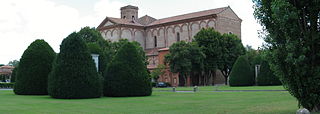
Ferrara Charterhouse, of which the present Church of San Cristoforo alla Certosa was previously the monastic church, is a former charterhouse or Carthusian monastery built in Renaissance style, located on Piazza Borso 50 in Ferrara, Region of Emilia-Romagna, Italy. The monastery was suppressed in the time of Napoleon, but the church was reconsecrated in 1813 and remains in use. The site also accommodates a large municipal cemetery, which was established in 1813.
21. Chiesa Parrocchiale San Giacomo Apostolo (all'Arginone)
The church of San Giacomo Apostolo is a place of worship located in Via Arginone, on the outskirts of Ferrara. It was built in the 2010s in a vacant area next to the old parish church and was consecrated on October 16, 2021 in the presence of Archbishop Gian Carlo Perego.
Wikipedia: Chiesa di San Giacomo Apostolo (Ferrara, via Arginone) (IT)
22. Monastero di Sant'Antonio in Polesine
Sant'Antonio in Polesine is a Catholic monastic complex of the Order of Saint Benedict nuns located in Ferrara, Italy and dedicated to Anthony the Great. Administratively, it is part of the deanery of Ferrara, part of the Archdiocese of Ferrara-Comacchio.
23. Chiesa di San Paolo
The Church of San Paolo in Ferrara is located on corso Porta Reno 60, a few blocks south of the Ferrara Cathedral, facing piazzetta Alberto Schiatti. It is considered the pantheon for famous citizens of the city.
24. Museo Boldini
The Museo Giovanni Boldini is a biographical museum, located in the Palazzo Massari, in Ferrara, dedicated to Italian painter Giovanni Boldini. It is one of the three museums located in the palace, being the others the Museo dell'Ottocento and the Museo d'arte moderna e contemporanea Filippo de Pisis. The current museum has been closed for restoration work since the 2012 Northern Italy earthquakes.
25. Palazzo Prosperi-Sacrati
Palazzo Prosperi-Sacrati is a Renaissance-style palace located on Corso Ercole I d'Este in Ferrara, region of Emilia Romagna, Italy. The palace with its protruding marble portal and balcony, and with a corner balcony and pilaster on the corner with Corso Biagio Rossetti, was designed and built in 1493-1498 by Biagio Rossetti as part of the Addizione Erculea. It is flanked on the ground floor by marble pilasters. It is across the Corso Rossetti from the lateral facade of the Palazzo dei Diamanti.
26. Palazzo Bonacossi
The Palazzo Bonacossi is a Renaissance architecture palace located on Via Cisterna del Follo #5 in Ferrara, Italy. The 15th-century palace is the home of the Musei Civici di Arte Antica e Museo Riminaldi.
27. Padiglione d'Arte Contemporanea
The Pavilion of Contemporary Art (PAC) is an exhibition space of the Municipality of Milan located in Via Palestro, next to the Villa Reale. It was designed by Ignazio Gardella in 1949 and built between 1951 and 1953.
Share
How likely are you to recommend us?
Disclaimer Please be aware of your surroundings and do not enter private property. We are not liable for any damages that occur during the tours.
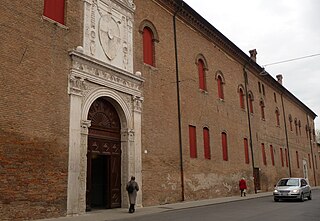
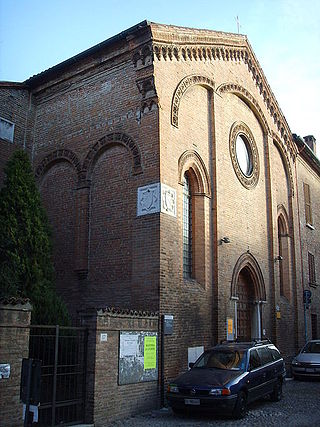
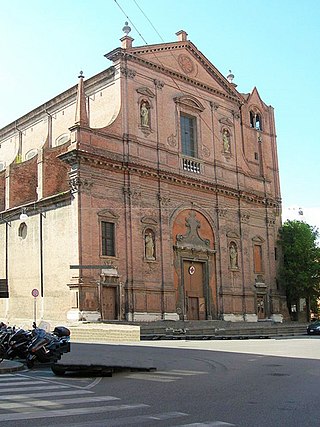
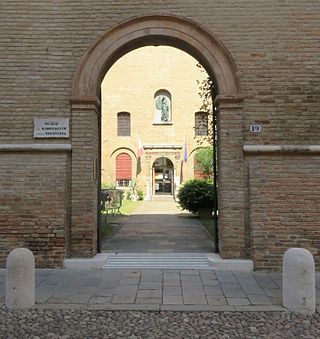
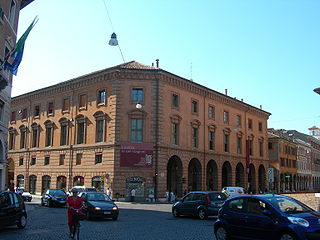
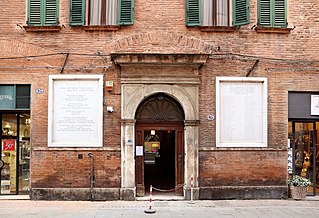
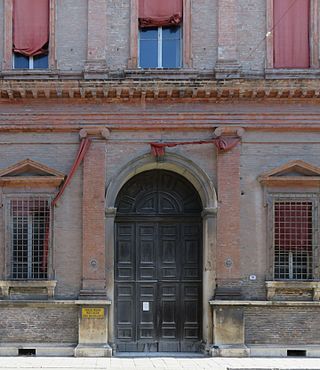
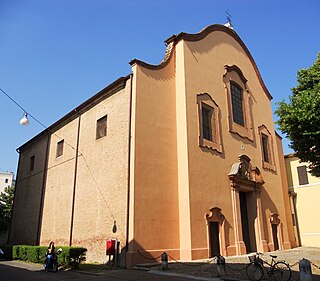
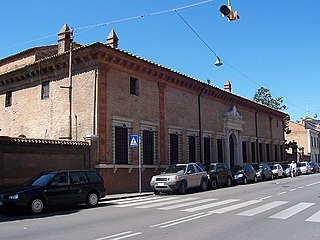
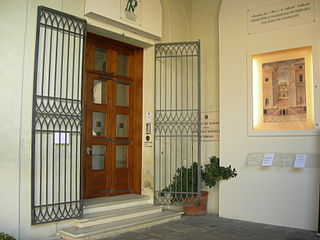

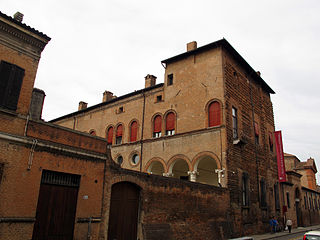
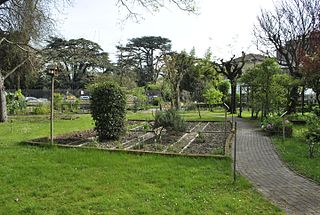
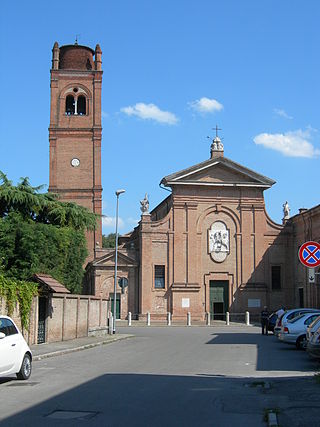
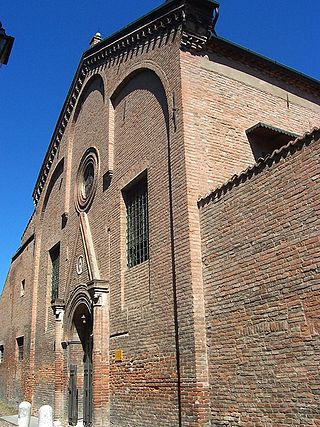
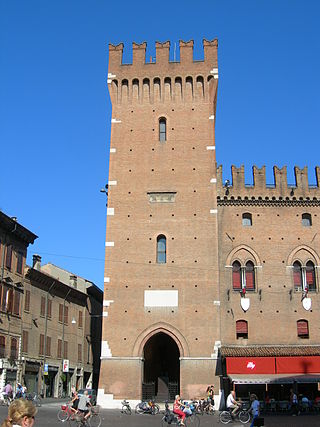
.jpg)
